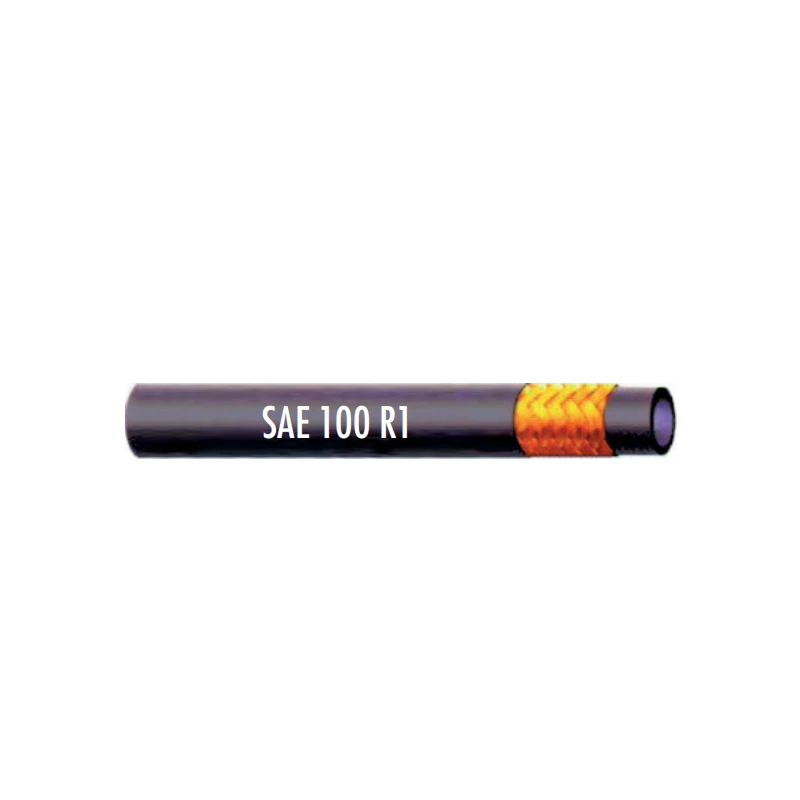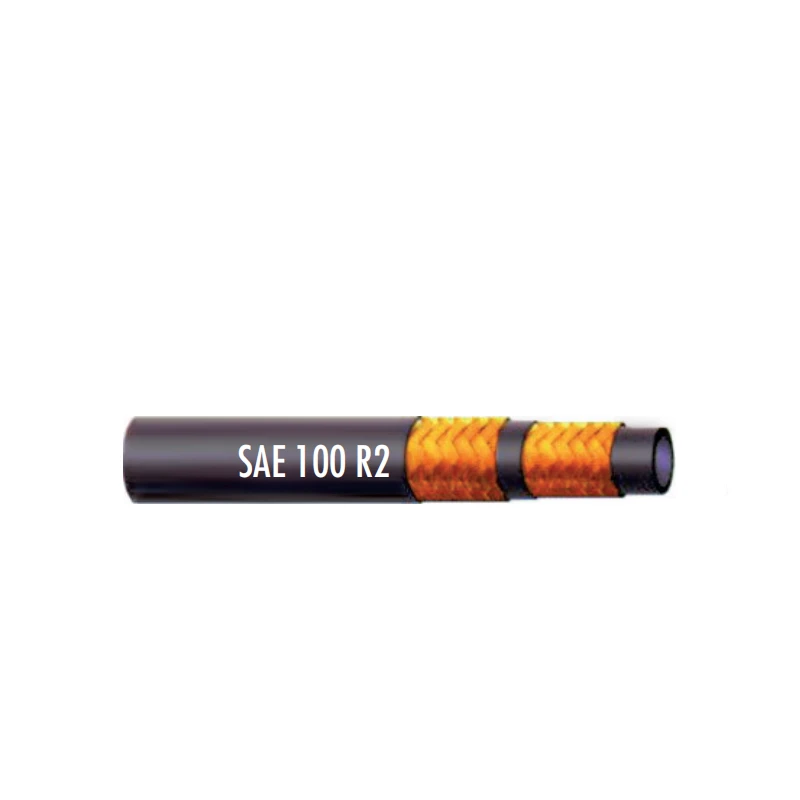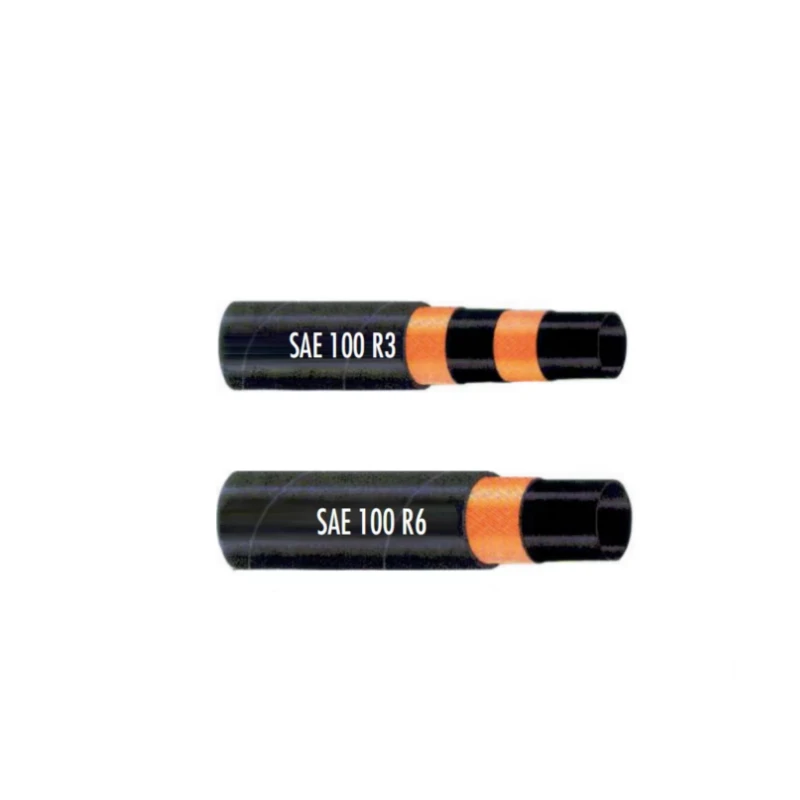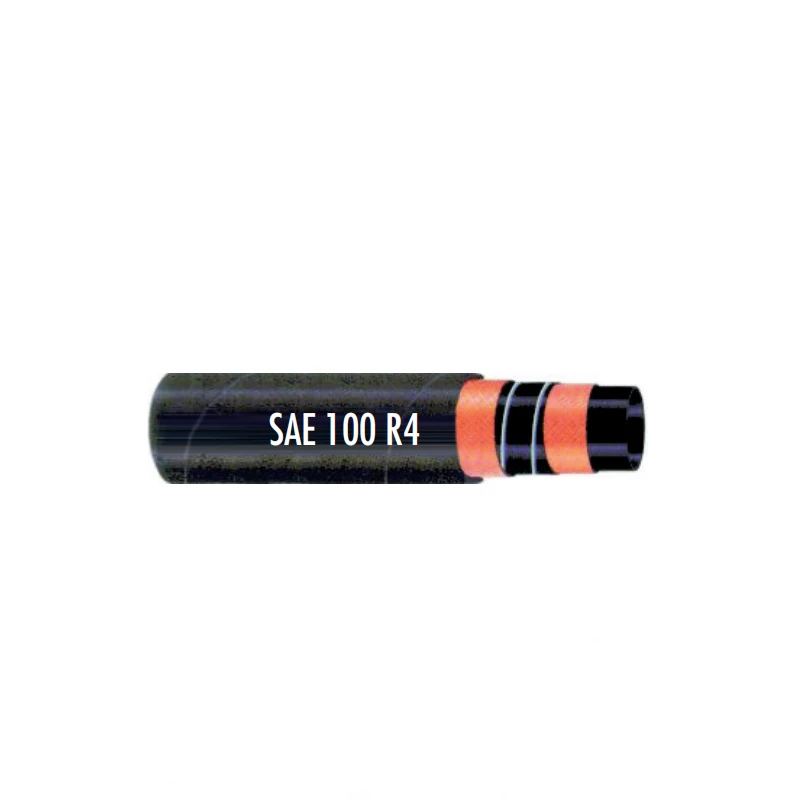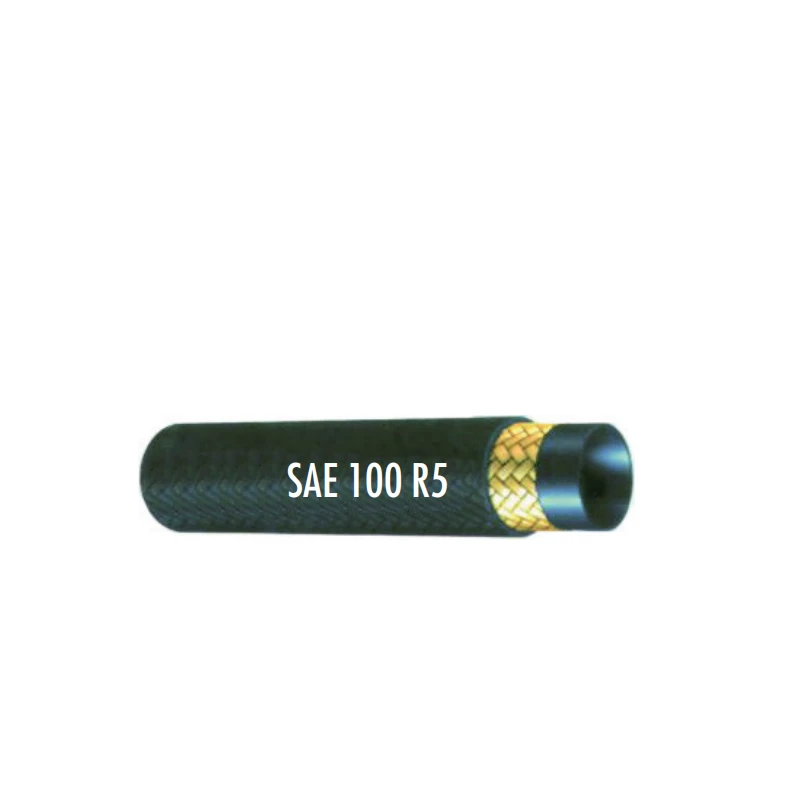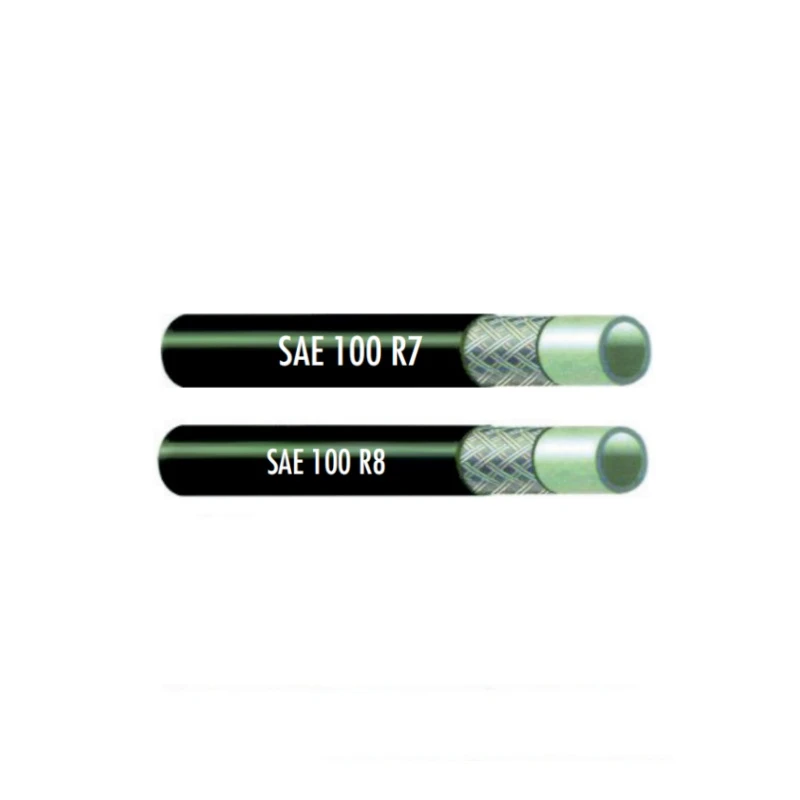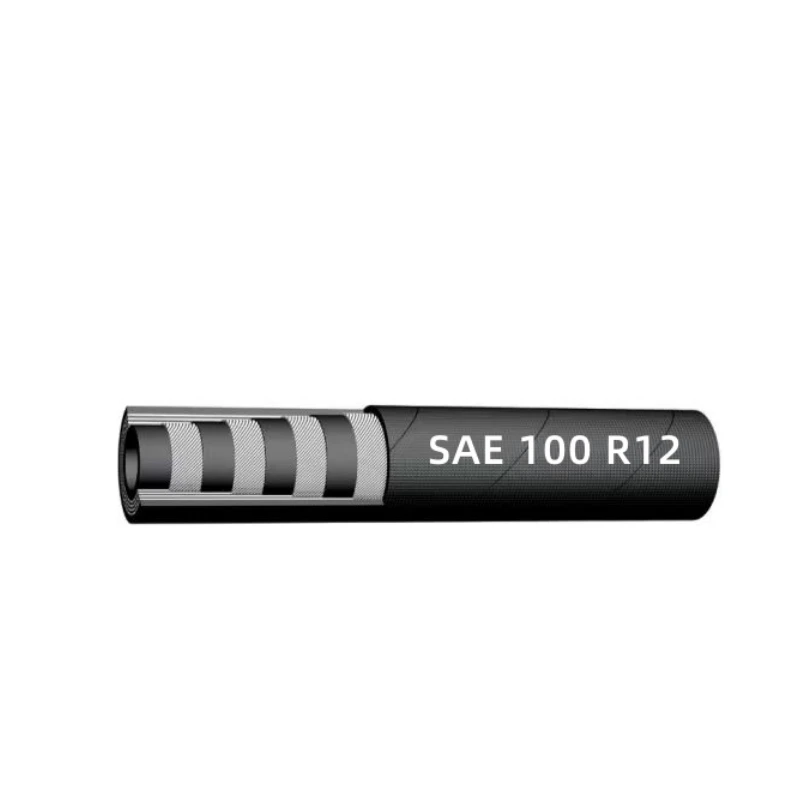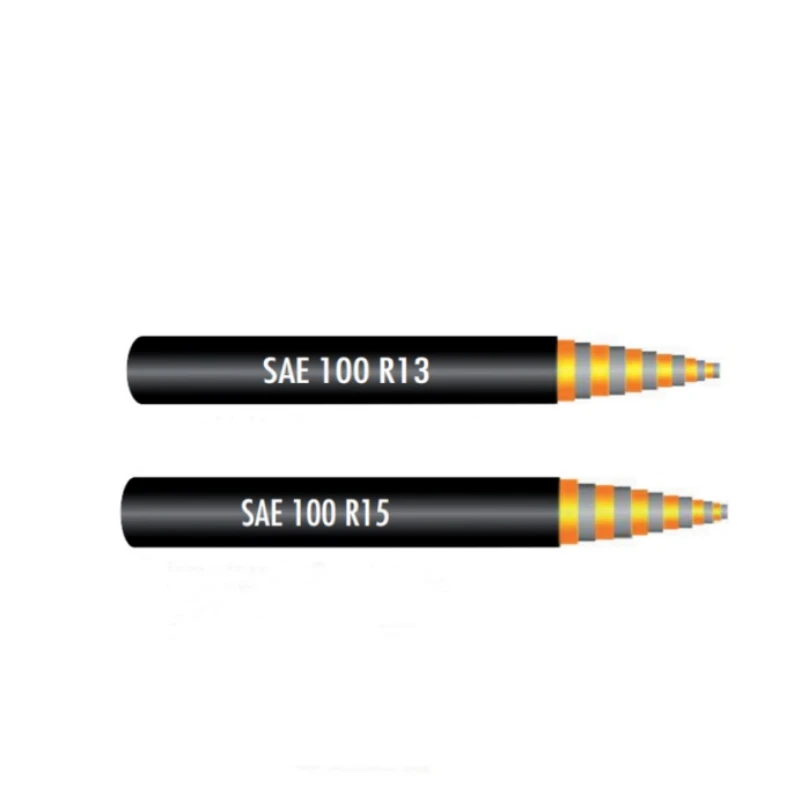
- Afrikaans
- Albanian
- Amharic
- Arabic
- Armenian
- Azerbaijani
- Basque
- Belarusian
- Bengali
- Bosnian
- Bulgarian
- Catalan
- Cebuano
- Corsican
- Croatian
- Czech
- Danish
- Dutch
- English
- Esperanto
- Estonian
- Finnish
- French
- Frisian
- Galician
- Georgian
- German
- Greek
- Gujarati
- haitian_creole
- hausa
- hawaiian
- Hebrew
- Hindi
- Miao
- Hungarian
- Icelandic
- igbo
- Indonesian
- irish
- Italian
- Japanese
- Javanese
- Kannada
- kazakh
- Khmer
- Rwandese
- Korean
- Kurdish
- Kyrgyz
- Lao
- Latin
- Latvian
- Lithuanian
- Luxembourgish
- Macedonian
- Malgashi
- Malay
- Malayalam
- Maltese
- Maori
- Marathi
- Mongolian
- Myanmar
- Nepali
- Norwegian
- Norwegian
- Occitan
- Pashto
- Persian
- Polish
- Portuguese
- Punjabi
- Romanian
- Russian
- Samoan
- scottish-gaelic
- Serbian
- Sesotho
- Shona
- Sindhi
- Sinhala
- Slovak
- Slovenian
- Somali
- Spanish
- Sundanese
- Swahili
- Swedish
- Tagalog
- Tajik
- Tamil
- Tatar
- Telugu
- Thai
- Turkish
- Turkmen
- Ukrainian
- Urdu
- Uighur
- Uzbek
- Vietnamese
- Welsh
- Bantu
- Yiddish
- Yoruba
- Zulu

Hun . 05, 2025 09:35 Back to list
Composite Hose
When it comes to transporting various liquids, gases and chemicals, the importance of a durable, flexible, and safe hose cannot be overstated. This is where composite hose comes into play. Widely used across industries such as chemicals, petroleum and food process, composite hoses are designed to provide an excellent balance of flexibility, strength and resistance to harsh substances.
So, what makes composite hoses so special? These hoses are typically constructed from multiple layers of different materials that come together to provide superior performance under a variety of challenging conditions. The materials used, like polypropylene, nylon or PTFE, offer resistance to a wide range of chemicals, oils and extreme temperatures. Because of these features, composite hoses are considered ideal for industries that deal with aggressive substances and need a reliable fluid transfer system.
A composite hose is usually designed to handle high pressures, provide resistance to corrosion, and ensure flexibility even in tight spaces. This versatility makes them an indispensable part of fluid transportation, from offshore platforms to chemical factories and beyond.
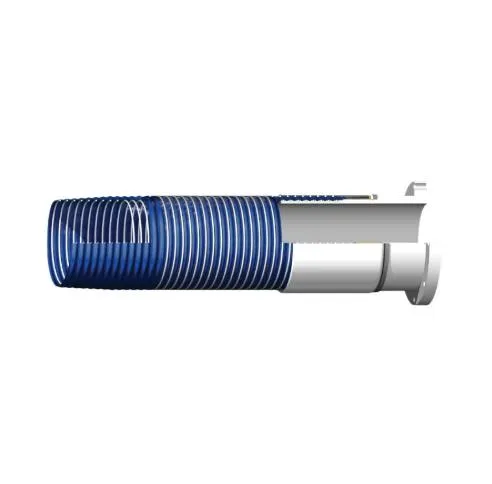
What is Composite Hose and How Does It Work?
Simply put, a composite hose is a flexible, multi-layer hose made from a combination of materials that make it resistant to chemicals, weather and temperature fluctuations. These hoses are commonly used for transferring both hazardous and non-hazardous fluids.
The design of a composite hose typically consists of multiple layers. The inner layer is often made of materials like PTFE (polytetrafluoroethylene), which is known for its resistance to chemicals and high temperatures. This layer is then reinforced with synthetic fabrics or metal wires, providing extra strength and durability. The outer layers are generally designed to withstand abrasion, UV rays, and other external environmental factors, ensuring the hose remains in good condition despite the wear and tear of daily use.
One of the significant advantages of a composite hose is its lightweight and flexible nature. This makes it easier to handle and install compared to traditional metal or rubber hoses. Moreover, composite hoses have a higher burst pressure compared to most rubber hoses, making them safer to use in industrial settings.
Chemical Composite Hose: Safe Transport of Hazardous Materials
In industries like chemicals and petroleum, the transport of dangerous substances must be done with care and precision. This is where chemical composite hoses come in. These hoses are specifically designed to handle corrosive chemicals, fuels and other hazardous liquids safely. Made from layers of special materials, a chemical composite hose provides excellent resistance to a wide range of aggressive substances.
The construction of a chemical composite hose ensures it is chemically resistant while maintaining flexibility. For instance, PTFE (Teflon) is often used as the inner layer due to its non-reactive properties with most chemicals. Meanwhile, the outer layers are reinforced to provide mechanical strength, durability and protection against external abrasion and damage. These features ensure that chemical composite hoses can handle extreme temperatures and pressures, making them indispensable in industries like oil and gas, pharmaceuticals and food manufacturing.
Due to the critical nature of these hoses in chemical transport, it is important to choose a reputable supplier who ensures that the chemical composite hose complies with industry standards and regulations. With the right hose, companies can safely transfer hazardous materials without worrying about leaks, corrosion or ruptures.
Composite Hose Suppliers: Choosing the Right One for Your Needs
When selecting a composite hose, the choice of supplier is just as important as the quality of the hose itself. Composite hose suppliers should be chosen based on their track record of providing high-quality, durable hoses that meet industry standards. A good supplier will offer hoses tailored to the specific needs of the customer, ensuring that the product is suitable for the intended application.
Some of the factors to consider when selecting composite hose suppliers include the materials used in their hoses, their experience in the industry, and the range of hoses they offer. The best suppliers will offer customization options, so businesses can get hoses designed to meet the unique requirements of their operations. Whether it's for handling chemicals, petroleum, or food-grade substances, working with a reliable composite hose supplier can ensure optimal safety and efficiency.
Additionally, a trusted supplier will provide comprehensive after-sales support, ensuring the hoses are maintained properly and any issues are addressed promptly. Many reputable composite hose suppliers also offer certifications and quality guarantees to give customers peace of mind, knowing they are investing in top-tier products that meet the necessary safety and performance standards.
Applications of Composite Hoses in Various Industries
Composite hoses are versatile and can be used across a variety of industries. Here are just a few examples of how these hoses are applied:
Chemical Industry: In the chemical industry, composite hoses are used to transfer corrosive chemicals, acids and solvents. Their resistance to chemicals and high pressures makes them ideal for safely handling dangerous substances.
Oil and Gas: The oil and gas industry requires hoses that can handle both high pressure and chemical exposure. Composite hoses are used to transfer petroleum, natural gas, and other petroleum-based products from ships to tanks or between different parts of an oil rig.
Food and Beverage: The food and beverage industry often requires hoses that are not only resistant to chemicals but also safe for food contact. Food-grade composite hoses are used to transport oils, syrups, juices and other liquids in a sanitary manner.
Pharmaceuticals: In the pharmaceutical industry, composite hoses are used to transfer raw materials and finished products, ensuring that they remain uncontaminated and safe for use.
Transportation and Distribution: Many transportation and logistics companies rely on composite hoses for the safe movement of hazardous liquids, such as fuels and oils, from one location to another.
Each of these industries requires specific properties in the hose, such as chemical resistance, pressure tolerance and flexibility. By choosing the right composite hose for the job, businesses can ensure both efficiency and safety in their operations.
FAQs
What is a composite hose made of?
A composite hose is made of multiple layers, including an inner liner made from materials such as PTFE, followed by reinforcing layers like synthetic fabric or metal wires, and an outer layer for protection against external damage. This multi-layer construction gives composite hoses their strength, flexibility, and resistance to harsh chemicals.
What industries use composite hoses?
Composite hoses are used in industries like chemicals, oil and gas, pharmaceuticals, food and beverage, and transportation. Their versatility allows them to be used for a wide range of applications, including transferring hazardous chemicals, petroleum and even food-grade substances.
Why should I choose a composite hose over a rubber hose?
Compared to rubber hoses, composite hoses offer better resistance to a wider range of chemicals, higher burst pressure and more flexibility. They are also lighter and easier to handle, making them ideal for both industrial and automotive applications where durability and safety are essential.
How do I select the right composite hose for my application?
Choosing the right composite hose depends on factors like the type of material being transported, pressure requirements, temperature tolerance and environmental conditions. It is important to consult with composite hose suppliers who can recommend hoses designed for your specific needs.
Can composite hoses be used for high-pressure applications?
Yes, many composite hoses are designed for high-pressure applications. The multi-layer construction provides increased strength and pressure resistance, making them suitable for use in demanding environments such as chemical plants, oil rigs, and high-pressure fluid transfer systems.
Latest News
Steel Wire Reinforced Hydraulic Hose SAE 100 R1 / EN853 1SN S
NewsOct.17,2024
Two Layers Steel Wire Reinforced Hydraulic Hose SAE 100 R2 / EN853 2SN
NewsSep.03,2024
Textile Braid Reinforced Hydraulic Hose SAE100 R3+R6
NewsSep.03,2024
Textile Reinforced Hydraulic oil Suction Hose with embedded Steel Wire SAE 100 R4
NewsSep.03,2024
Single Wire Braid and Textile Covered Hydraulic Hose SAE 100 R5
NewsSep.03,2024
High Pressure Thermoplastic Hydraulic Hose SAE 100 R7 / EN855 R7 - SAE 100 R8 / EN855 R8
NewsSep.03,2024
Heavy Duty Four-layer Steel Wire Spiral Reinforced Hydraulic Hose SAE100R9+R10+R12
NewsSep.03,2024
Heavy Duty Multi-layer Steel Wire Reinforced Hydraulic Hose SAE100R13 SAE100R15
NewsSep.03,2024
Latest Products
